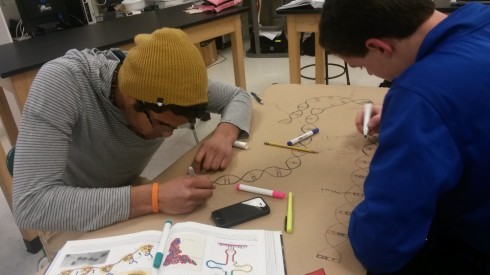
Ms. Mertz’s class is studying DNA–replication, translation, transcription, etc.–and she gave them the option of making a model or creating a game to test each others knowledge. There were some interesting projects:
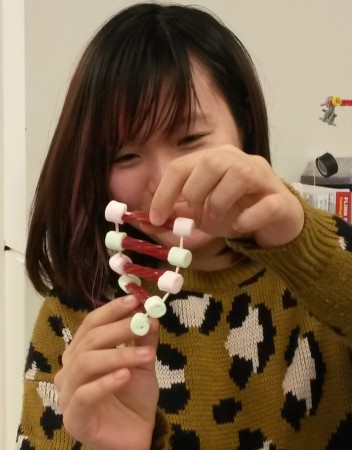
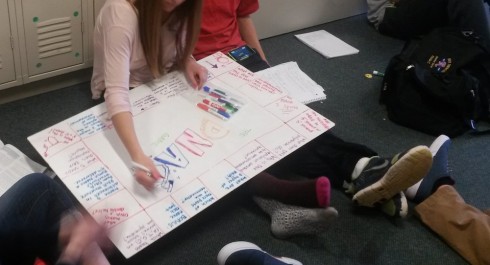
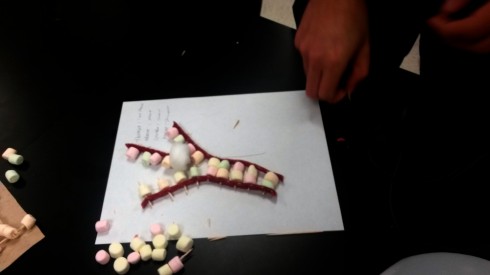
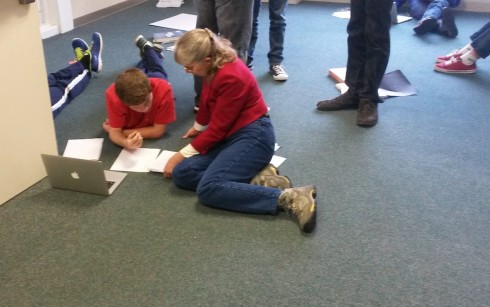
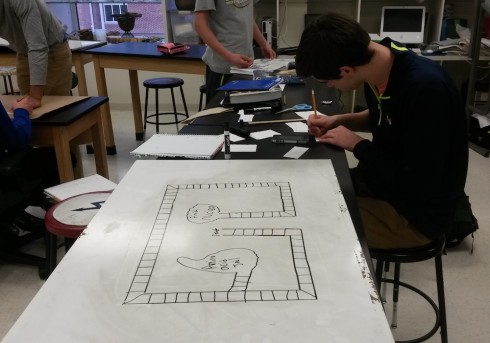
Middle and High School … from a Montessori Point of View

Ms. Mertz’s class is studying DNA–replication, translation, transcription, etc.–and she gave them the option of making a model or creating a game to test each others knowledge. There were some interesting projects:





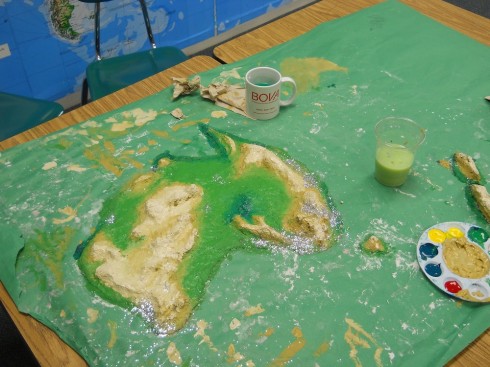
Dr. Austin has the middle school students build physical models of the continents as an exercise in geography. They use some type of cellulose clay to shape the topography then paint on or apply other icons to represent other types of spatial data; one group, for example, used sparkles to represent population.
The final models are nice for trying stop-motion fly-throughs.
The group OK Go set up an excellent Rube Goldberg machine for their music video, This Too Shall Pass. Thanks to Sage B. for pointing this one out to me. She’ll probably get to see it again next year when we get into physics and electricity and they need a little inspiration for their own machines.
Last year I used Honda’s The Cog advertisement, which is much simpler (and shorter) than OK Go’s.
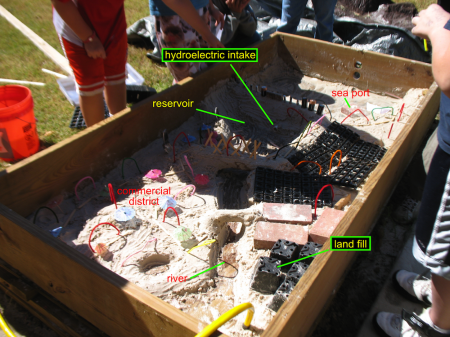
My small group that had trouble getting SimCity to behave itself on the laptop decided to go build their city in the sandbox instead.
They had just looked through all the civic buildings and zoning options before they took the outside option, so they started with SimCity’s basic introduction to urban planning concepts.
The group chose to locate their city on the ocean, with a river. Previously, when the class had looked up and down the U.S.’s eastern seaboard in Google Maps, we’d noticed that most of the bigger cities, like New York and Charleston were on or near estuaries. (We’d also noticed that most of the cities were protected by some sort of barrier from the direct influence of the oceans.)
[googleMap name=”New York City” description=”NYC on the river and ocean.” width=”480″ height=”400″ mapzoom=”8″ mousewheel=”false”]New York City[/googleMap]
This group gained some significant advantages over just playing the computer game because the sandbox model allowed them create features not built into the game.
In particular, they sculpted an earthen dam with a hydroelectric power plant, that was the centerpiece of their city.
By putting a dam across the estuary they could acquire both fresh water reservoir and hydroelectric power.
It’s probably not unfair to guess that the idea for the dam came primarily from our visit to the Pickwick Landing Hydroelectric Plant last year. I say so because the eight grader who came up with the idea was reminiscing about last year’s immersions for the rest of the day.

The group did a great job, although they did site their landfill upstream of their reservoir. This became a problem because after they presented to the class they turned on the river. We relearned the biblical lesson about not building on the sand. This was not entirely unexpected though; the students had named the city Apocalypse.
The combination of computer simulation and physical model really worked well. So much so that two years from now, when I do this again, I think I’ll require at least one group to do the physical model. But it really worked for them to have at least seen the computer game so I’ll have to build that into the project too.